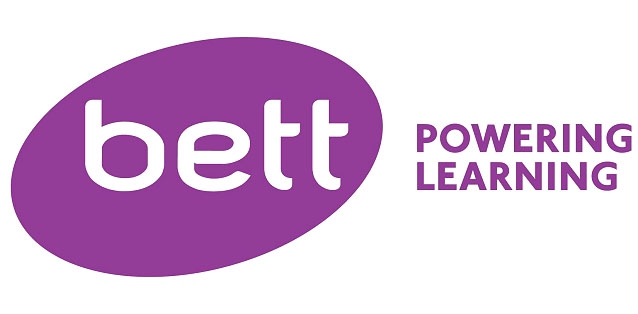It’s that time of year again, when the technology lovers and self-professed geeks among us make the annual pilgrimage to the cathedral of edtech that we have come to know as the BETT Show.
Each year we prepare to be inspired, challenged and maybe even have our minds blown by the potential of what some of the most innovative and creative companies working in this sector have to offer us. Virtual reality, mixed reality, artificial intelligence-based software and a multitude of touchscreen devices have started to command prime spots at BETT in recent years. But for all their curb appeal and obvious wow factor, what impact will these solutions actually have back in the classroom?
Unfortunately, many studies conclude that digital technology has had only a moderate impact on student outcomes and raising achievement in our schools, despite the large sums of money spent on edtech products in the past few years.
The latest evidence summary on using digital technology in schools from the Education Endowment Foundation’s Teaching and Learning Toolkit backs this up. However, more interestingly, the EEF’s findings also suggest a considerable variation in impact from study to study. In my experience, this has a direct correlation with teachers and senior leaders going to events such as the BETT Show without a clear strategy for what they need and how it will affect learning.
Look at the evidence
One of the biggest issues with edtech over the past few years has come from school leaders deciding to buy shiny new digital solutions to “pimp up” their classrooms or to replace traditional teaching methods without looking carefully at the evidence. Indeed, schools across the country can probably point to hardware or software that is gathering dust in a cupboard somewhere.
But take the time to look into the research and it usually tells you that technology can have a significant impact on learning, as long as you use it in addition to your traditional teaching methods rather than as a direct replacement. Edtech might streamline communication, give pupils round-the-clock access to resources, develop independent learning and engage students in feedback, but it certainly isn’t an off-the-shelf replacement for high-quality teaching and building student relationships.
Food supplements don’t make sprinters run faster. They allow the body to train harder and for longer periods of time, and enable it to recover faster so that more training can take place. This results in higher levels of performance over time, not overnight.
In the same way, technology isn’t suddenly going to make your students any more intelligent, but it might make them work smarter, access work independently away from the classroom and ultimately see their performance and exam results improve as a result.
Get the school on board
Once you appreciate this, you can start to build your vision for what your school needs. The key word here is “school”, however. It’s very important to think about the bigger picture rather than simply what you might need as a teacher or leader.
Lots of new purchases fall down when they are unveiled at school because they are not solutions that staff require, feel comfortable with or will engage with. Understanding your context, staff needs and IT proficiencies is crucial in making sound procurement decisions.
In one school I know of, a set of classroom response clickers, meant for polling student answers on the whiteboard, ended up languishing in the back of a cupboard: the leadership team had failed to get staff on board by showing them the point of the purchase as part of its launch.
Share the responsibility
In my experience, the best way to guard against this is to make sure that you don’t go to BETT alone. Having the senior leader responsible for teaching and learning attend alongside the ICT systems manager will help to ensure that you have all the knowledge and experience necessary to make the very best decision.
From a systems point of view, your network manager will be able to advise on whether a solution will integrate well with your current set-up, and from a teaching and learning and staff development angle, your senior leader should be able to pick the right solution for the desired classroom need.
You should also give some thought to how much training your network staff and teachers will need in order to use your purchase effectively. Will the company provide training? Is there a cost to this? How long will it take? How quickly can they deliver it? All these questions need to be considered when making your decision.
Edukey and its ClassCharts software is a great example. Rather than offering a one-off day’s training at the start of our agreement, the company has provided us with an ongoing service: its employees are always at the end of the phone, it is receptive to feedback and it has genuinely worked with us at no extra cost. This is the type of fine print to look out for if you want best value and no hidden extras.
Every company will tell you that the best endorsement of their products comes from schools that are already using them. It is extremely important for you to seek out these schools and discover the pros and cons of the product, as well as the impact it is having in the classroom and on student outcomes, before you commit to buying anything.
Enjoy BETT. Be wowed, be inspired, but go with a plan and always think about the impact of your purchases on the outcomes of your children.
Jon Tait is director of Acklam Grange Teaching School in Middlesbrough. The BETT show takes place from 24-27 January at the ExCel centre in London.

